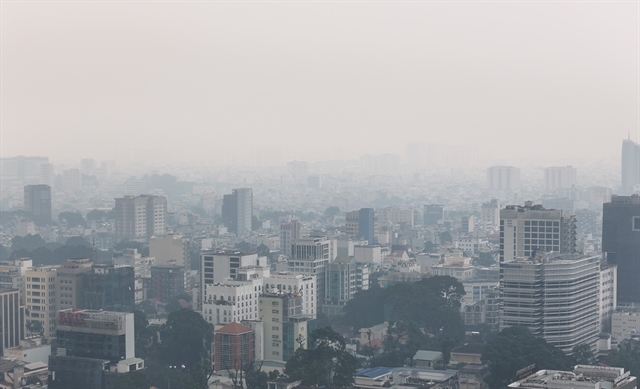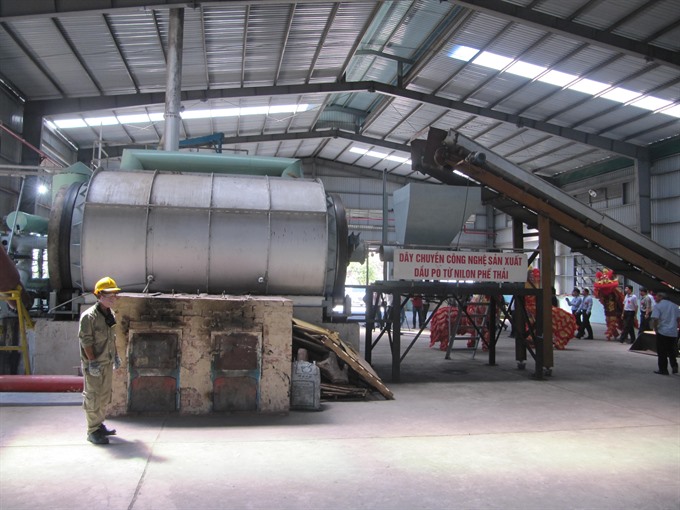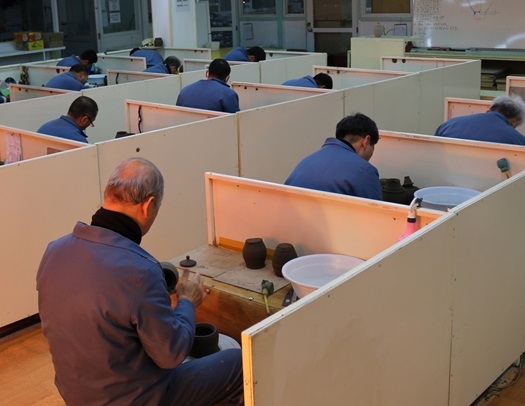 Environment
Environment

Waste incineration, gasification, and refuse-derived fuel technologies are sustainable solutions in dealing with Đà Nẵng’s future waste treatment, as it looks to become a ‘green’ city by 2025.
 |
| Khánh Sơn waste processing plant in Đà Nẵng. The city has called for investment in solid waste treatment with advanced technology under a PPP model. — VNS Photo Công Thành |
ĐÀ NẴNG — Waste incineration, gasification, and refuse-derived fuel technologies are sustainable solutions in dealing with Đà Nẵng’s future waste treatment, as it looks to become a ‘green’ city by 2025.
Dr Đặng Thị Kim Chi, chairman of the science and technology council, under the Việt Nam Association for Conservation of Nature and Environment, made the statement at a conference on investment in solid waste treatment projects in Đà Nẵng.
“Incineration technology could reduce 80 per cent of solid waste with less risk and more efficiency, as well as take up a smaller space for construction. The technology could use thermal energy from the garbage furnace to generate power,” Chi suggested.
“This can be a suitable option when waste classification at the source, recycling and collection has been badly managed in Việt Nam,” she said.
As planned, 65 solid waste incineration sites in 30 provinces and cities could generate nearly 1,300 MW (megawatts) by 2035.
Vice chairman of the city’s people’s committee, Nguyễn Ngọc Tuấn said the city has called for investment in solid waste treatment under the Public-Private-Partnership (PPP) model.
“The city has co-operated with the Asian Development Bank (ADB) in designing positive technology measures in waste treatment for sustainable development, towards a ‘green’ city by 2025,” Tuấn said.
“Đà Nẵng has called on investors to build the first solid waste treatment complex project, which comprises areas for recycling, compost, dumping and gas collection, in Hòa Nhơn commune in Hòa Vang district,” he said.
Director of the city’s natural resources and environment department, Lê Quang Nam, said the city produces 870 tonnes of garbage each day, of which 95 per cent is collected, and only 10 per cent is recycled.
Nam said incineration only processes 200kg of medical solid waste in one hour, while a leachate system could handle 500 of 700 cubic metres at Khánh Sơn landfill each day.
Nguyễn Đình Trọng, director of the T-Tech company, said incineration technology is seen as a solution when garbage classification at the source and 3R’s (reduce, re-use and recycle) campaigns have failed in urban areas.
“We invested VNĐ840 billion (US$37.1 million) in six solid waste plants in Nghệ An with a total capacity of 600 tonnes per day. About 95 per cent of waste was completely processed and recycled, while these plants also generate 4MW of power with incineration technology,” Trọng said.
“Our company was paid VNĐ450,000 (US$20) for each tonne of solid waste treatment, while we could earn more from the sale of plastic beads collected from the treatment process as well as recycled bricks,” he said.
Trọng said the company plans to build a 240-tonne plant in central Phú Yên province and another in Đà Nẵng in the near future.
He said that solid waste treatment investors in Việt Nam are not yet fully supported by local governments, while they (the investors) have to invest VNĐ1 billion ($44,200) in the treatment of one tonne of solid waste.
In 2015, Đà Nẵng debuted the first waste processing plant at Khánh Sơn dump with a capacity of 200 tonnes per day. The plant now generates power from waste with incineration technology as recycled material (fuel oil, compost and bricks) were either unsaleable or too cheap.
Khánh Sơn dump in Đà Nẵng, which was expanded from 9.8ha in 1992 to 48.3ha in 2007, will be closed down by 2020.
The city reserves an annual fund of $333,000 for waste collection and treatment, and almost 90 per cent of the city’s daily rubbish is currently buried.
Last year, Đà Nẵng and ADB signed an agreement to develop a new landfill and waste treatment facility, using a PPP scheme in which the private sector will design, build, finance, operate, and maintain the waste disposal and treatment facilities. — VNS




